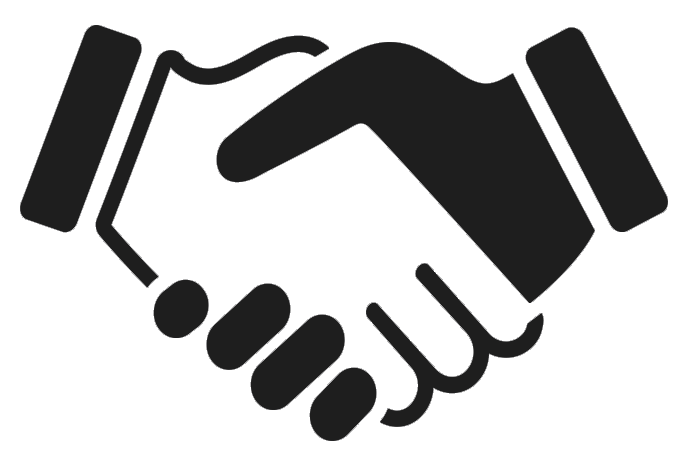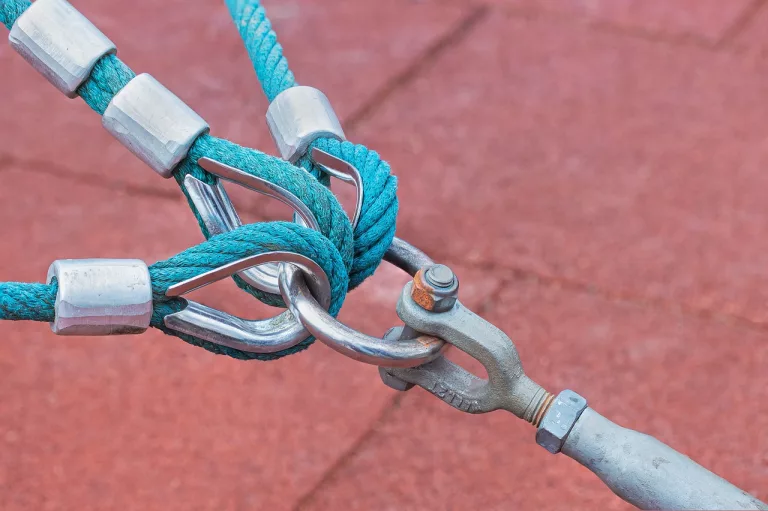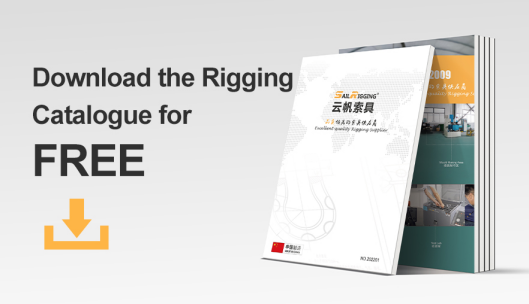Turnbuckles are essential components in cargo securing systems, providing a versatile and adjustable means to achieve and maintain tension in various elements of cargo restraints. Their flexibility, strength, and ease of use make turnbuckles crucial for ensuring the stability and safety of cargo during transportation. This section delves deeper into the applications, types, and best practices associated with turnbuckles in cargo securing systems.
Applications of Turnbuckles in Cargo Securing:
Container Lashing
In containerized shipping, turnbuckles are commonly employed to secure cargo within containers.
Turnbuckles allow for precise tensioning of lashings, ensuring that cargo remains firmly in place despite the pitch, roll, and yaw movements experienced at sea.
Roll-On Transport
Turnbuckles play a significant role in roll-on transport, where vehicles, machinery, or other cargo need to be securely fastened to transport platforms.
Their adjustable nature enables operators to accommodate various sizes and shapes of cargo, providing a customizable and secure fastening solution.
Adjustable Tensioning
Turnbuckles are ideal for applications that require periodic adjustments in tension, such as when securing loads that may settle or shift during transit.
The threaded design of turnbuckles allows for easy lengthening or shortening to adapt to changing conditions.
Types of Turnbuckles
This type features a jaw at one end and an eye at the other, providing versatility in connecting to different anchor points.
Jaw and eye turnbuckles are commonly used in conjunction with shackles, offering flexibility in cargo securing applications.
Both ends of these turnbuckles have jaws, providing a secure connection to various components within the cargo securing system.
Jaw and jaw turnbuckles are preferred in applications where a firm grip is essential, ensuring reliable tensioning.
This type features hooks at both ends, allowing for easy attachment to anchor points or cargo.
Hook and hook turnbuckles are suitable for applications where a quick connection and release are required.
Materials and Configurations
Material Selection
Turnbuckles are available in various materials, including stainless steel, galvanized steel, and carbon steel.
The choice of material depends on factors such as the environment (corrosion resistance), load requirements, and specific industry standards.
Thread Configurations
Turnbuckles come with both right-hand and left-hand threads, enabling users to adjust tension by rotating the central body in the desired direction.
Proper understanding of thread configurations is crucial to ensure effective and intuitive tension adjustments.
Best Practices for Using Turnbuckles in Cargo Securing
1.Regular Maintenance:
Conduct routine inspections to check for any signs of wear, corrosion, or damage.
Lubricate the threads and moving parts to maintain smooth operation and prevent rust.
2.Proper Tensioning:
Adhere to recommended tension levels provided by manufacturers.
Ensure that turnbuckles are tensioned evenly to distribute the load across the cargo securing system.
3.Correct Sizing:
Select turnbuckles of the appropriate size and load capacity for the specific application.
Avoid overloading turnbuckles, as this can compromise their integrity and effectiveness.
Conclusion
Turnbuckles are versatile and indispensable components in cargo securing systems, contributing significantly to the safety and stability of transported goods. By understanding their applications, types, and best practices, the logistics industry can maximize the effectiveness of turnbuckles in securing diverse cargo during transit. Proper utilization and maintenance of turnbuckles not only enhance cargo security but also contribute to the overall reliability of global supply chains.
If you want to know more about turnbuckles in cargo securing, please feel free to contact Sail Rigging.





